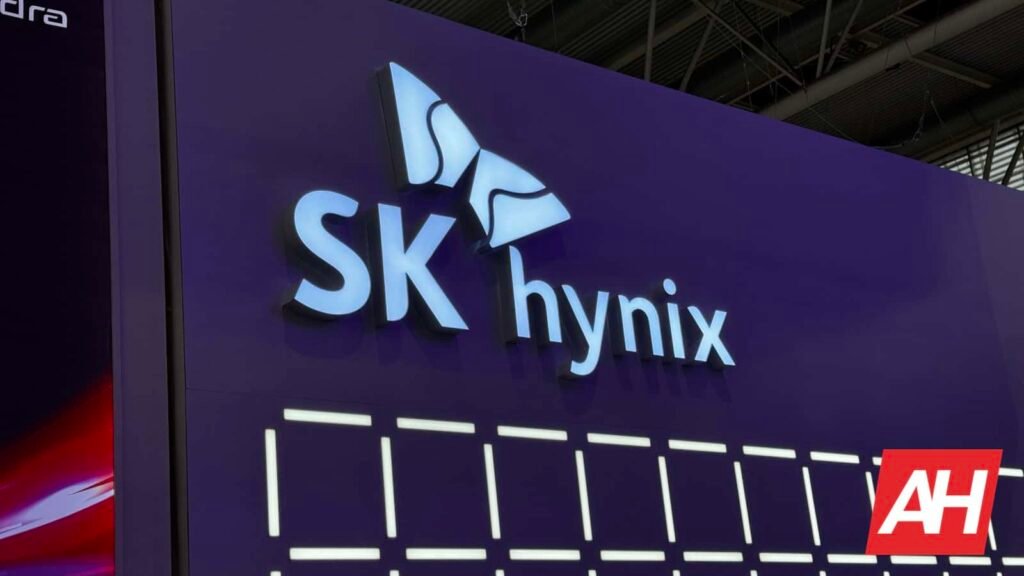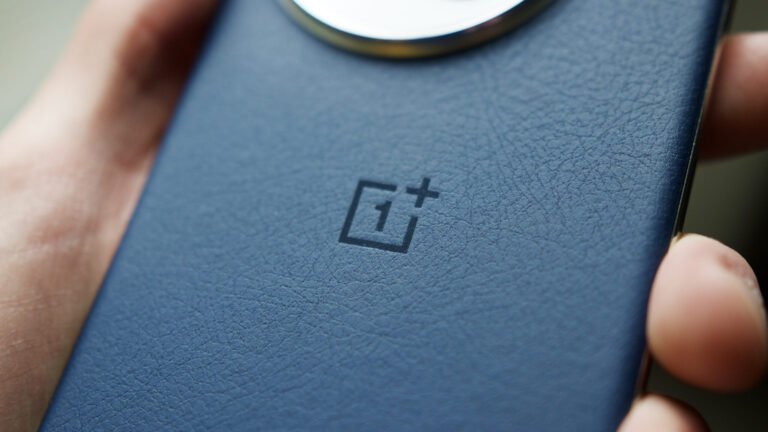

SK hynix is reportedly developing a next-generation storage technology called the High Bandwidth Storage (HBS) that could boost AI performance on smartphones and tablets. The tech firm plans to stack many DRAM and NAND chips together in order to allow them to make data flow faster. If successful, this could reduce lag while using powerful AI features on our phones.
SK hynix is working on High-Bandwidth Storage for faster and smarter mobile AI
High-bandwidth storage is basically built by stacking up sixteen layers of memory and flash chips. While the chip stacking is not something new, the key innovation here is the vertical wire fan-out (VFO) packaging. The VFO connects these stacks with straight-line wiring rather than the usual curved bonds. Since the chips are now connected on a vertical line, the setup shortens wiring paths, cuts signal loss, and reduces delay.
VFO could also replace a bit more complex stacking method, such as Through-Silicon Via (TSV), used in high-end memory. By simplifying the packaging, SK hynix might also be able to reduce the overall costs. The technology could also become much more viable for smartphones, and not just data centers.
Why this new storage matters for the mobile industry
SK hynix believes that HBS will let chips handle a large amount of data more easily, making on-device AI performance smarter and faster. For smartphone manufacturers, HBS could mean next-generation phones and tablets that run AI models locally. There won’t be any reliance on cloud processing. On-device AI, such as voice assistants and other built-in AI features, might as well become more responsive.
However, there’s currently no word on the commercial release of the product. We don’t yet know which chipsets will support HBS, when it will make its appearance on smartphones, or whether it will make any difference in terms of cost and performance.
The post SK Hynix Aims to Revolutionize Mobile AI with New High-Speed Storage appeared first on Android Headlines.


